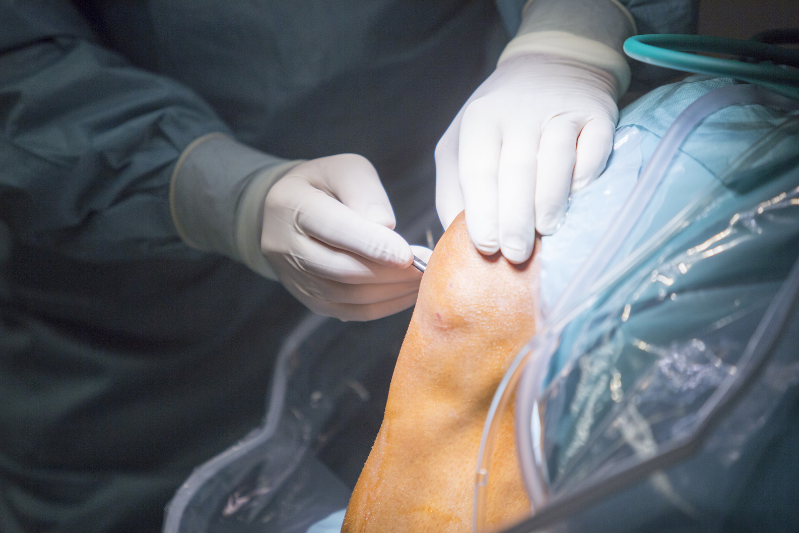Hip resurfacing has become a trusted alternative to traditional hip replacement for many patients seeking to preserve bone, reduce recovery time, and regain mobility. For those facing high surgery costs, long wait times, or limited access to advanced orthopedic care in their home countries, hip resurfacing abroad offers an effective and affordable solution. The Philippines has emerged as a leading destination for international patients, providing world-class surgical expertise, modern facilities, and compassionate patient care.
Understanding Hip Resurfacing
Hip resurfacing is a surgical procedure designed to relieve hip pain while preserving more of the natural bone compared to total hip replacement. Unlike traditional replacement, which removes the entire femoral head, hip resurfacing trims and caps it with a metal prosthesis, maintaining bone integrity. This approach can lead to faster recovery, lower risk of dislocation, and better mobility, especially for younger, active patients.
Patients considering hip resurfacing abroad often seek the procedure because it allows access to advanced techniques at a fraction of the cost found in the USA, UK, Australia, and New Zealand. Ideal candidates are typically younger adults with strong bone quality who wish to maintain an active lifestyle post-surgery. Those with osteoporosis or extensive joint damage may need alternative procedures, but consultations with orthopedic specialists abroad can help determine the best approach.
Why Choose the Philippines for Hip Resurfacing
Medical tourism in the Philippines has grown significantly due to high-quality care combined with affordability. International patients benefit from experienced orthopedic surgeons, modern operating facilities, and a patient-centered approach that prioritizes safety and comfort.
Hip resurfacing abroad in the Philippines offers considerable savings, often 50–70% less than comparable surgeries in the USA, UK, Australia, and New Zealand. Despite lower costs, surgical outcomes and clinical standards meet or exceed international expectations. The country also offers excellent hospitality, comfortable accommodations, and seamless travel support for patients from overseas.
The Direct Anterior Approach and Minimally Invasive Techniques
One of the key advantages of undergoing hip resurfacing abroad at specialized centers is access to minimally invasive surgical techniques, particularly the Direct Anterior Approach (DAA). This method allows surgeons to access the hip joint through a smaller incision at the front of the hip, avoiding cutting major muscles.
Patients benefit from faster recovery, less post-operative pain, and shorter hospital stays. The DAA also promotes early mobility, helping patients resume daily activities and exercises sooner. When combined with modern rehabilitation programs, the Direct Anterior Approach ensures hip resurfacing abroad is not only effective but also comfortable and efficient.
Patient Experience at Hips and Knees Joint Restoration and Replacement Center
International patients choosing hip resurfacing abroad can expect a highly personalized experience at Hips and Knees Joint Restoration and Replacement Center. The journey begins with a thorough consultation, either in-person or via telemedicine, where orthopedic specialists assess each patient’s condition and develop a tailored surgical plan.
After scheduling, patients receive support for travel arrangements, accommodations, and pre-surgery preparation. Post-surgery, comprehensive rehabilitation programs and follow-up care, including telemedicine check-ins, ensure a smooth recovery. Patients consistently highlight the compassionate, professional, and supportive environment provided by the center, making the overall experience stress-free and reassuring.
Cost Comparison: Hip Resurfacing Abroad vs Home Country
Affordability is a major factor driving patients to seek hip resurfacing abroad. All-inclusive packages in the Philippines typically cover surgery, hospitalization, pre- and post-operative care, rehabilitation, and accommodations. Compared to costs in the USA, UK, Australia, and New Zealand, savings can range from 50–70%, providing exceptional value without compromising quality or safety.
This cost advantage allows patients to access high-quality orthopedic care without the financial strain often associated with hip surgery in their home countries. With transparent pricing and comprehensive packages, hip resurfacing abroad offers peace of mind alongside exceptional clinical outcomes.
Travel and Recovery Tips for International Patients
Traveling for hip resurfacing abroad requires careful preparation to ensure a smooth experience. Patients should schedule consultations early, secure travel documents, and coordinate with their surgical center regarding pre-operative instructions.
Recovery after hip resurfacing typically involves a combination of rest, physical therapy, and gradual return to normal activities. Minimally invasive techniques like the Direct Anterior Approach help shorten recovery time, allowing patients to regain mobility more quickly. For international patients, follow-up care can often continue via telemedicine, ensuring continuous support while returning home.
Takeaway
Hip resurfacing abroad provides a safe, effective, and affordable option for patients seeking to restore mobility, reduce pain, and regain quality of life. By choosing specialized centers in the Philippines, international patients access advanced surgical techniques, personalized care, and a supportive environment designed for successful outcomes.
For those facing high costs, long wait times, or limited access to orthopedic specialists, hip resurfacing abroad offers a life-changing opportunity to move freely, enjoy daily activities, and experience world-class care without compromise. Schedule a consultation today to begin your journey toward restored mobility and a pain-free future.
Frequently Asked Questions
Is hip resurfacing suitable for me?
Candidates are typically younger adults with strong bone quality who want to preserve bone and maintain an active lifestyle. A consultation with a specialist abroad can determine suitability.
How long is the recovery period after hip resurfacing abroad?
Recovery varies by patient, but minimally invasive techniques like the Direct Anterior Approach allow many patients to resume daily activities within a few weeks, with full recovery often achieved in a few months.
What are the risks compared to total hip replacement?
Hip resurfacing carries lower risk of dislocation and preserves bone, but may not be suitable for patients with poor bone quality or extensive joint damage. Specialists will review risks during consultation.
How soon can surgery be scheduled abroad?
Centers specializing in hip resurfacing abroad often offer priority scheduling, with surgeries available within 2–4 weeks of initial consultation.
What aftercare services are provided for international patients?
Comprehensive care includes telemedicine follow-ups, rehabilitation programs, and guidance for recovery both at the center and once patients return home. Comfortable accommodations and travel support are also provided.







